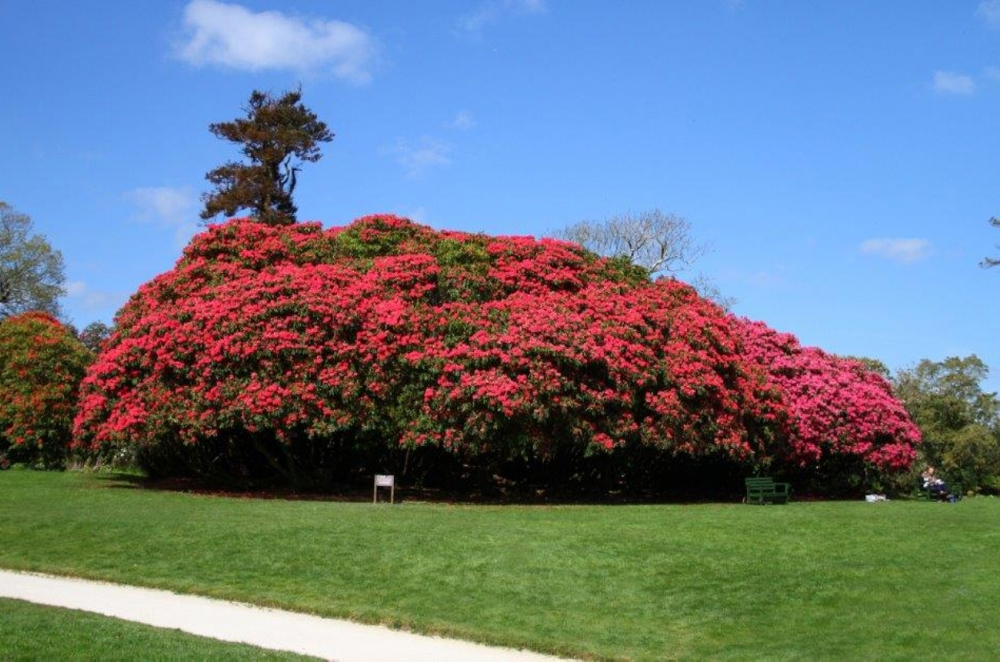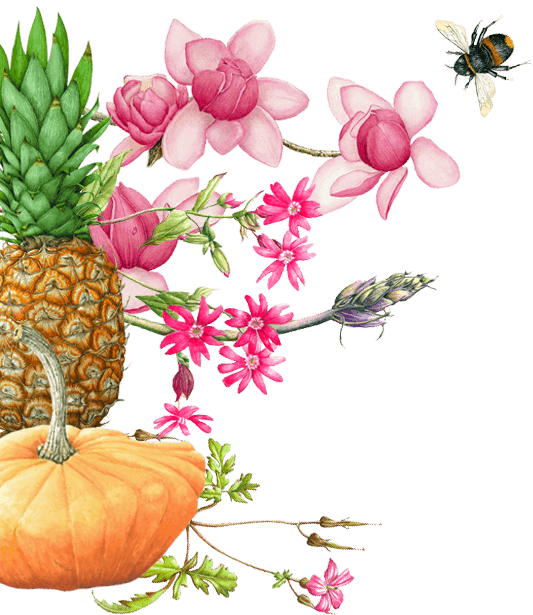The Lost Rhododendrons Return: The Micropropagation Project
- 29th Apr 2016
2008 saw The Lost Gardens granted the National Collection Holder status by Plant Heritage for its historic and unique collection of Camellias and Rhododendrons, introduced to Heligan pre-1920, with some specimens dating back to circa 1850. Heligan’s annual display of rhododendrons draws visitors in their droves and is an awe inspiring experience.
However, only a few years ago all the grandeur and beauty enjoyed by thousands from all over the world, was under serious threat as The Lost Gardens were under attack from a microscopic enemy.
Phytophthora ramorum is a fungal-like disease, which has negative effects on woody ornamental plants such as rhododendrons and known to cause the disease, sudden oak death (SOD). The name derives from the Greek phytón (plant) and phthorá (destruction) – the plant destroyer.
Plants, like any living organism inevitably reach the end of their natural lives, but with the added threat of obliteration, something had to be done to protect Heligan’s National Collection against this unyielding enemy.
In 2008, The Lost Gardens supported through funding, a pioneering micro-propagation project lead by Ros Smith, Laboratory Manager at Duchy College in Cornwall. This fascinating process was pioneered in rhododendrons by Ros, creating for the first time ever, new and disease free plants born from unique, rare and historic species of rhododendron.
Ros observes, “This work is of national importance, a lot of the plants we are working with were original introductions to this country from the 1850s, there are also some rare hybrids and some unique plants that are under threat for a number of different reasons.”
The pioneering techniques developed by scientists such as Ros are vital for the future of conservation and not just in rhododendrons. This revolutionary work will help protect so many endangered species, giving generations to come the pleasure and interest we, and so many before us cherish from these wonderful plants.
“The story of the Heligan rhododendrons is truly a great one. The micro-propagation of our historic rhododendrons not only means that we can replace plants that have been lost since the project began eight years ago, it also means that we can re-populate the gardens with the exact species first introduced in 1851.
These plants are identical genetic clones, showing the exact DNA of the first rhododendrons brought back by the great Victorian Plant Hunter Joseph Hooker; making Heligan the proud recipients of ‘Hooker babies’ over 160 years after introduction!” - Iain Davies, Heligan Head of Gardens & Estate
The rhododendrons and camellias of the National Collection are valuable living links to the horticultural past of the gardens and play an integral role in its diverse and beautiful landscape. Whether they are forming stunning backdrops to walled gardens, rambling gracefully above paths or taking centre stage, the breathtaking beauty of these ancient specimens is awe-inspiring, to say the least.
Historically Heligan’s annual display of rhododendrons lasts throughout April and into May, so pop along to The Lost Gardens to experience this for yourself. For more information on upcoming horticultural stories please keep checking the news feed on our website.


